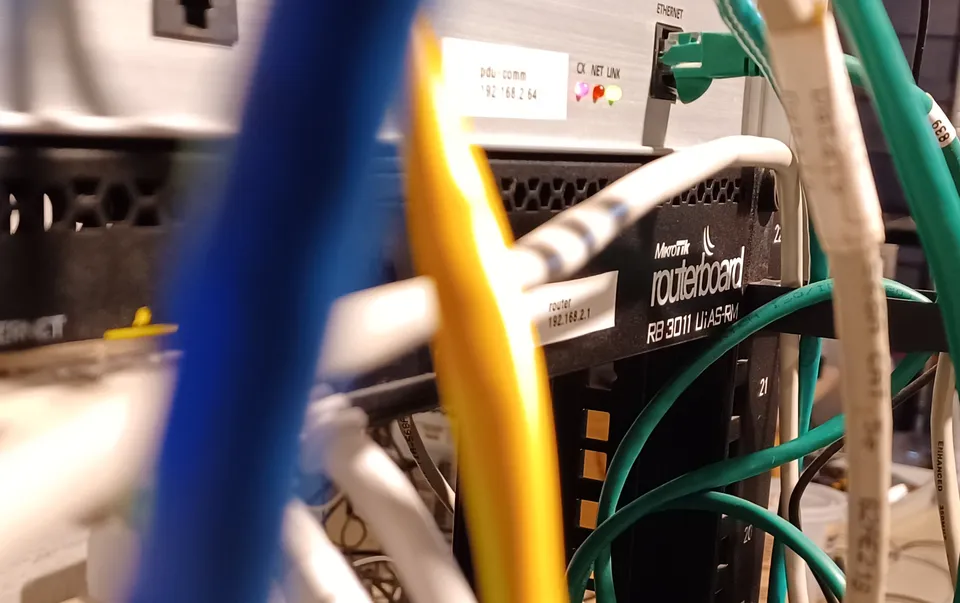Background
Mikrotik produces a variety of exceptional networking products including routers, switches, access points, and much more. Many of their devices run an operating system known as RouterOS. RouterOS provides a variety of interfaces, including a terminal, a web interface, API access, and more. That said, RouterOS devices, regardless of the foundation upon which they're built, don't provide a true shell -- you can't get a Bash shell, nor can you install arbitrary applications. Therefore, if we're going to use outside tools like Let's Encrypt or certbot, then we need to run them on a general-purpose system (e.g., Linux).
I use, enjoy, and advocate for Mikrotik devices running RouterOS. I'm reminded of my experiences of working with Cisco hardware -- the good parts, not the anxiety-ridden, late-night service calls to get our 6513s back online. Mikrotik gives me the configurability and stability of enterprise-grade hardware at prices that are closer to consumer-grade hardware.
In my home network, I use all Mikrotik networking equipment. It's rock-solid stable and performs extremely well.
One of my challenges, however, was configuring SSL / TLS on the web interface. Sure, RouterOS provides functionality to generate certificates and even to self-sign them. That's cool. What I really wanted was for the devices to use certificates signed by certificate signing authorities that my browser would trust out of the box.
Read More
